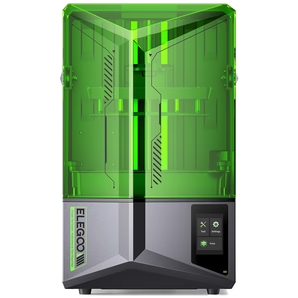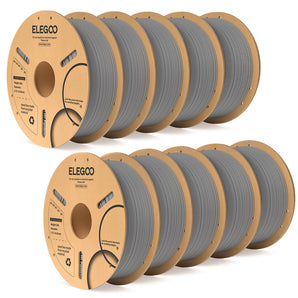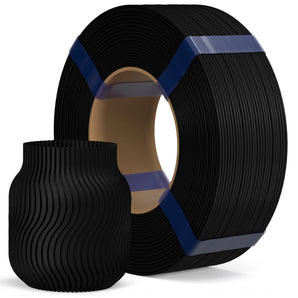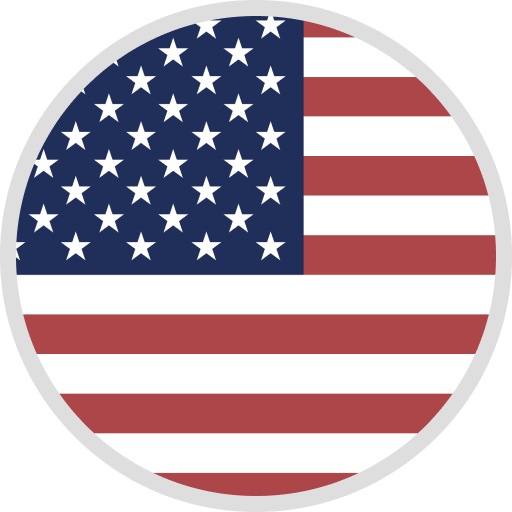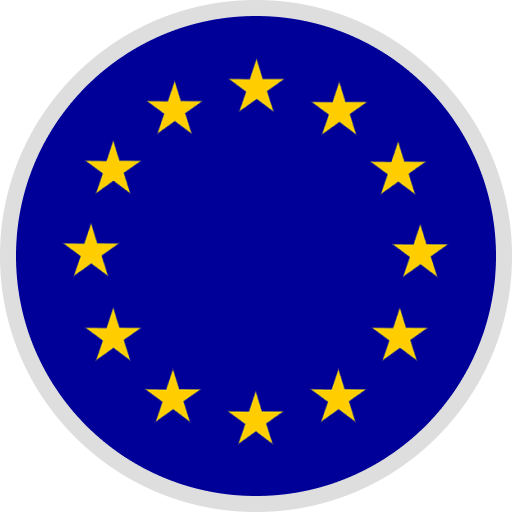3D Printing Copyright Laws Explained
The rise of 3D printing technologies has brought forth a myriad of opportunities, but it also raises significant questions regarding intellectual property (IP) law.
This article delves into the intersection of 3D printing and IP law, exploring how current IP laws apply to 3D printed products and the challenges and considerations for copyright, patent, and trademark holders.
Whether you are a hobbyist, a small business, or a 3D resin printer manufacturer, understanding the existing IP landscape is crucial in navigating the legalities of 3D printing.
Article Outline
- How Does IP Law Apply to 3D Printing?
- What Constitutes Copyright Infringement in 3D Printing?
- How Do Patents Protect 3D Printed Inventions?
- Can Trademarks be Infringed by 3D Printing?
- Is Unauthorized Use of 3D Printers Curbed by Current IP Law?
- How Can Copyright Owners Protect Their Rights?
- What Role Do 3D Printer Manufacturers Play in IP Infringement?
- Are There Adequate Protection Measures for 3D Printed Products?
- How Does the Market for 3D Printed Products Affect IP Rights?
- What are the Legal Consequences of Infringing IP Rights in 3D Printing?
How Does IP Law Apply to 3D Printing?
IP law is integral in protecting the rights of creators and innovators. In the context of 3D printing, IP law encompasses aspects of intellectual property such as copyright, patents, and trademarks. The 3D printing process involves creating digital models using design software, which are then printed layer upon layer until a finished object emerges.
The application of IP law in 3D printing is complex, as it needs to consider the protection of digital models, design files, and the final 3D printed products.
What Constitutes Copyright Infringement in 3D Printing?
Copyright laws protect original literary and artistic works, and in 3D printing, they can apply to the original work embodied in the digital model and its associated 3D print file. However, the object that is protected under copyright must exhibit a level of originality.
The infringement occurs when a third party reproduces the copyrighted work without authorization, leading to potential legal action by the copyright holder.
Understanding the nuances of copyright infringement is essential for both creators and users of 3D printed products to avoid legal consequences.
How Do Patents Protect 3D Printed Inventions?
Patents confer legal rights to inventors to protect their inventions for a limited period, allowing them to prevent others from making, using, or selling the invention without permission.
In 3D printing, patents can protect the design and functionality of 3D printed objects, as well as the 3D printing technologies themselves.
Patent holders, especially in industries utilizing additive manufacturing, must be vigilant in enforcing their patent rights to curb unauthorized use and patent infringement in the 3D printing landscape.
Can Trademarks be Infringed by 3D Printing?
Trademarks protect the use of specific signs, logos, or names related to goods or services. In 3D printing, trademark infringement occurs when a 3D printed object unlawfully replicates a trademarked logo or name, misleading consumers regarding the origin of the product.
Trademark holders need to monitor the market for 3D printed products closely and take necessary legal steps to prevent the unauthorized replication of their trademarks in 3D printed objects.
Is Unauthorized Use of 3D Printers Curbed by Current IP Law?
The existing system of IP law faces challenges in adequately addressing the unauthorized use of 3D printers and the infringement of IP rights in the 3D printing realm.
The all-encompassing technology of 3D printing allows consumers to create almost any object, raising concerns about the adequate protection of intellectual property rights.
The rapid advancements in 3D printing technologies necessitate a reevaluation of current IP law to ensure it remains effective in protecting IP rights in the evolving 3D printing landscape.
How Can Copyright Owners Protect Their Rights?
Copyright owners can protect their rights by actively monitoring the use of their works in the 3D printing market and taking legal action against infringers.
The enforcement of copyright laws is crucial in maintaining the creator’s right to their original work and preventing unauthorized reproductions.
Additionally, copyright holders can employ protection measures such as digital rights management to control the use of their works in the digital realm, especially in 3D printing.
What Role Do 3D Printer Manufacturers Play in IP Infringement?
3D printer manufacturers have a responsibility to curb unauthorized use and infringement of IP rights by implementing measures to prevent the printing of copyrighted, patented, or trademarked objects.
Manufacturers can develop technologies to detect and block the printing of protected objects and educate users about the legal implications of infringing IP rights through 3D printing.
The proactive involvement of 3D printer manufacturers is vital in fostering a legally compliant 3D printing ecosystem.
Are There Adequate Protection Measures for 3D Printed Products?
The protection of 3D printed products involves a multifaceted approach, including legal, technological, and educational measures.
While IP laws provide a legal framework for protection, the implementation of technological solutions such as encryption and watermarking can enhance the security of digital models and 3D print files.
Furthermore, raising awareness about IP rights and the legal ramifications of infringement is crucial in promoting responsible and lawful 3D printing practices.
How Does the Market for 3D Printed Products Affect IP Rights?
The burgeoning market for 3D printed products presents both opportunities and challenges for IP rights holders.
The ease of customization and replication offered by 3D printing technologies can lead to widespread infringement of IP rights.
However, it also opens up new avenues for innovation and commercialization of 3D printed products. Balancing the protection of IP rights with the advancement of 3D printing technologies is pivotal in shaping the future of the 3D printing market.
What are the Legal Consequences of Infringing IP Rights in 3D Printing?
Infringing IP rights in 3D printing can lead to severe legal consequences, including lawsuits, fines, and damages.
IP rights holders are entitled to take legal action against infringers to protect their rights and seek compensation for any losses incurred due to the infringement.
Understanding the legal landscape of IP law in 3D printing is essential for individuals and businesses involved in 3D printing to navigate the legalities and avoid infringing the rights of others.
In Conclusion:
- Understand IP Law: Grasping the basics of IP law is crucial in navigating the 3D printing landscape legally.
- Respect Copyrights: Avoid reproducing copyrighted works without authorization to steer clear of legal troubles.
- Protect Your Inventions: Utilize patents to safeguard your innovations in 3D printing.
- Monitor Trademark Use: Keep a close watch on the unauthorized use of your trademarks in 3D printed products.
- Stay Informed: Keep abreast of the developments in IP law related to 3D printing to ensure compliance.
- Implement Protection Measures: Employ technological solutions to enhance the protection of your digital models and 3D print files.
- Educate Yourself: Learn about the legal implications of IP infringement in 3D printing to avoid unintended violations.
- Seek Legal Counsel: Consult with legal experts to understand your rights and responsibilities in the 3D printing ecosystem.


































